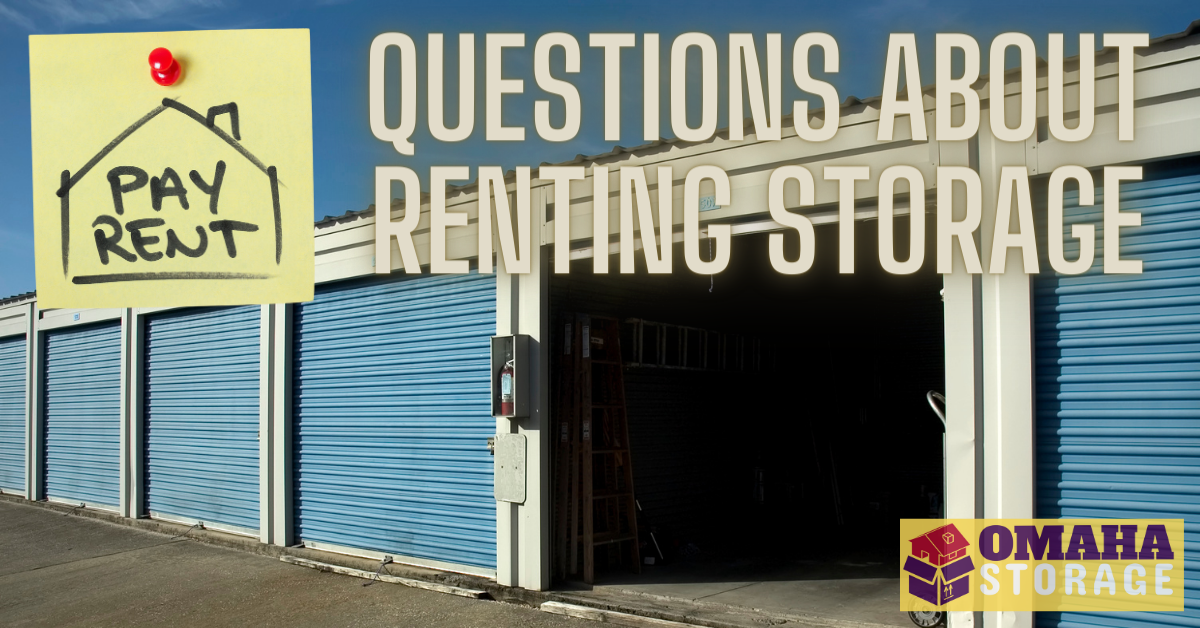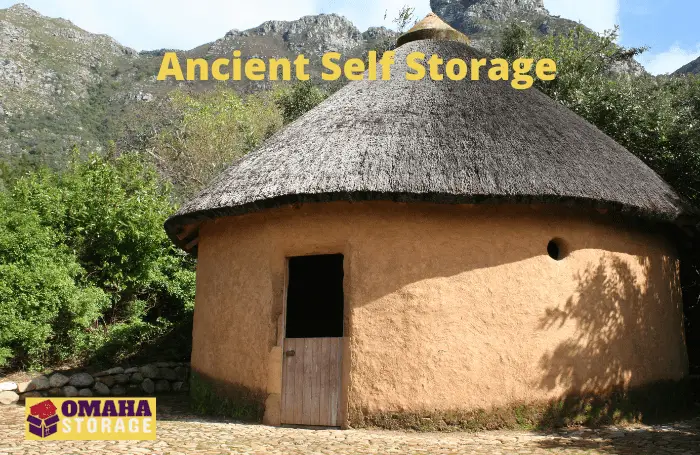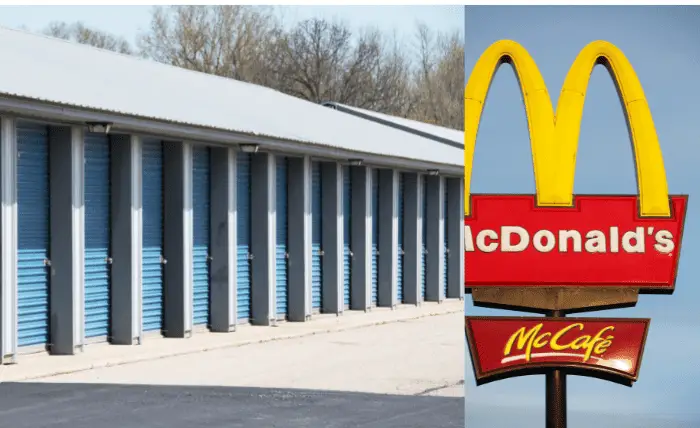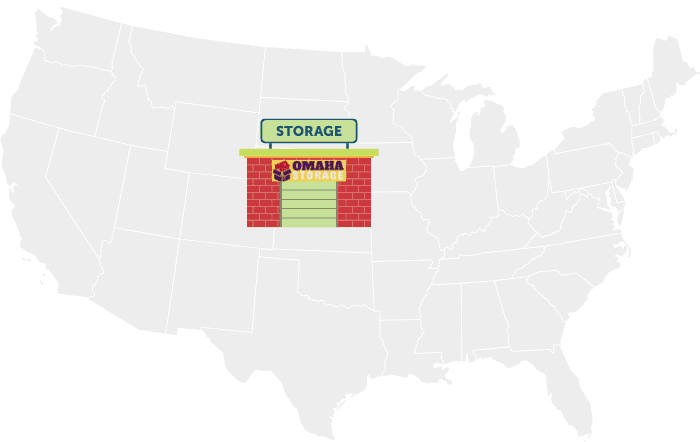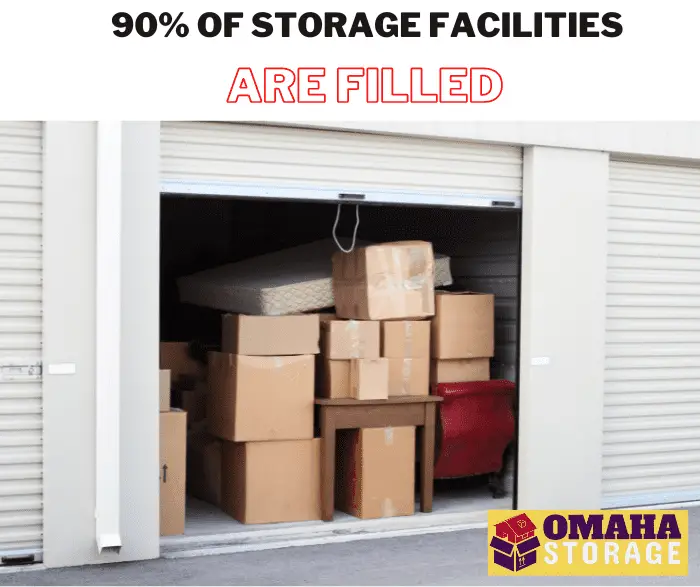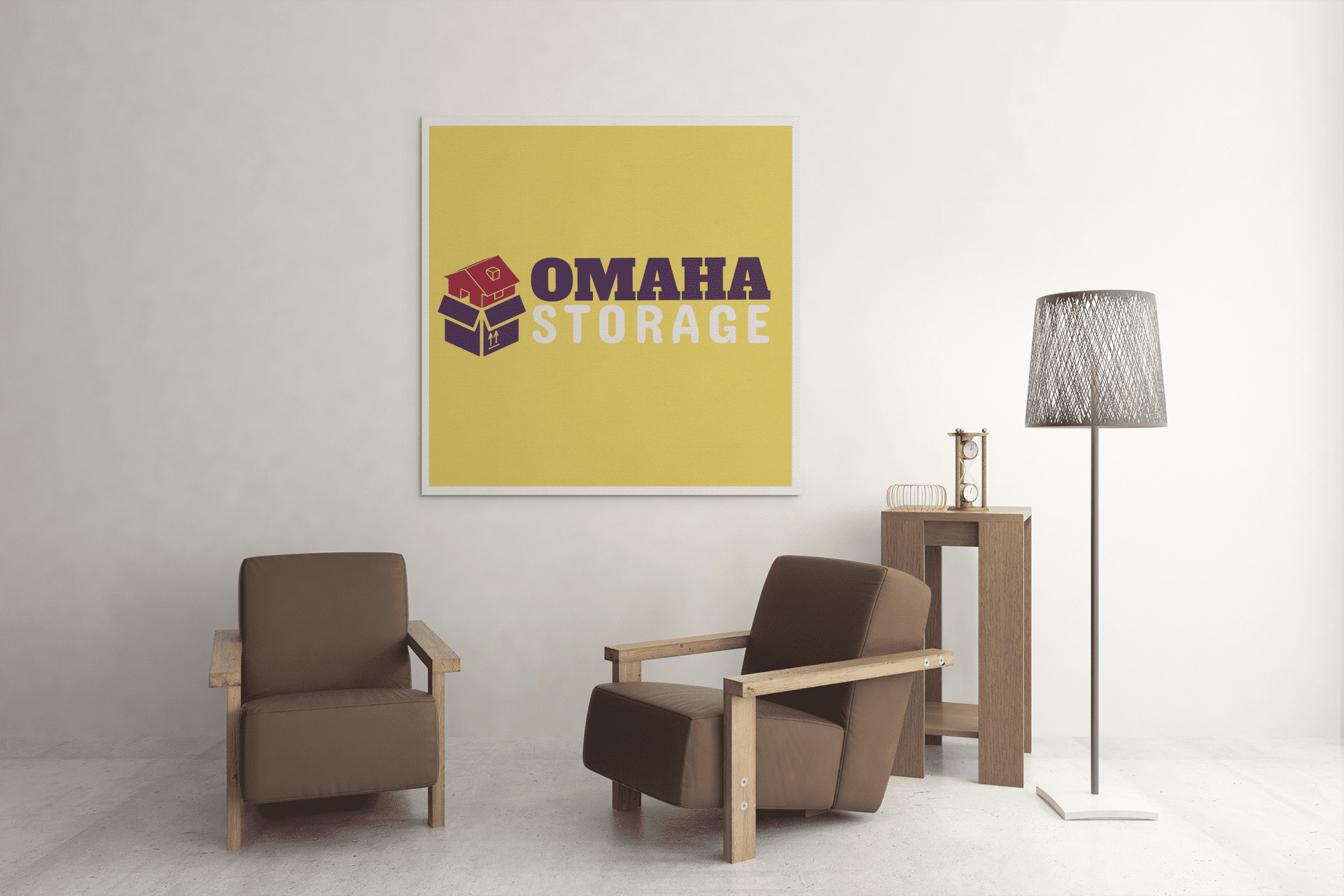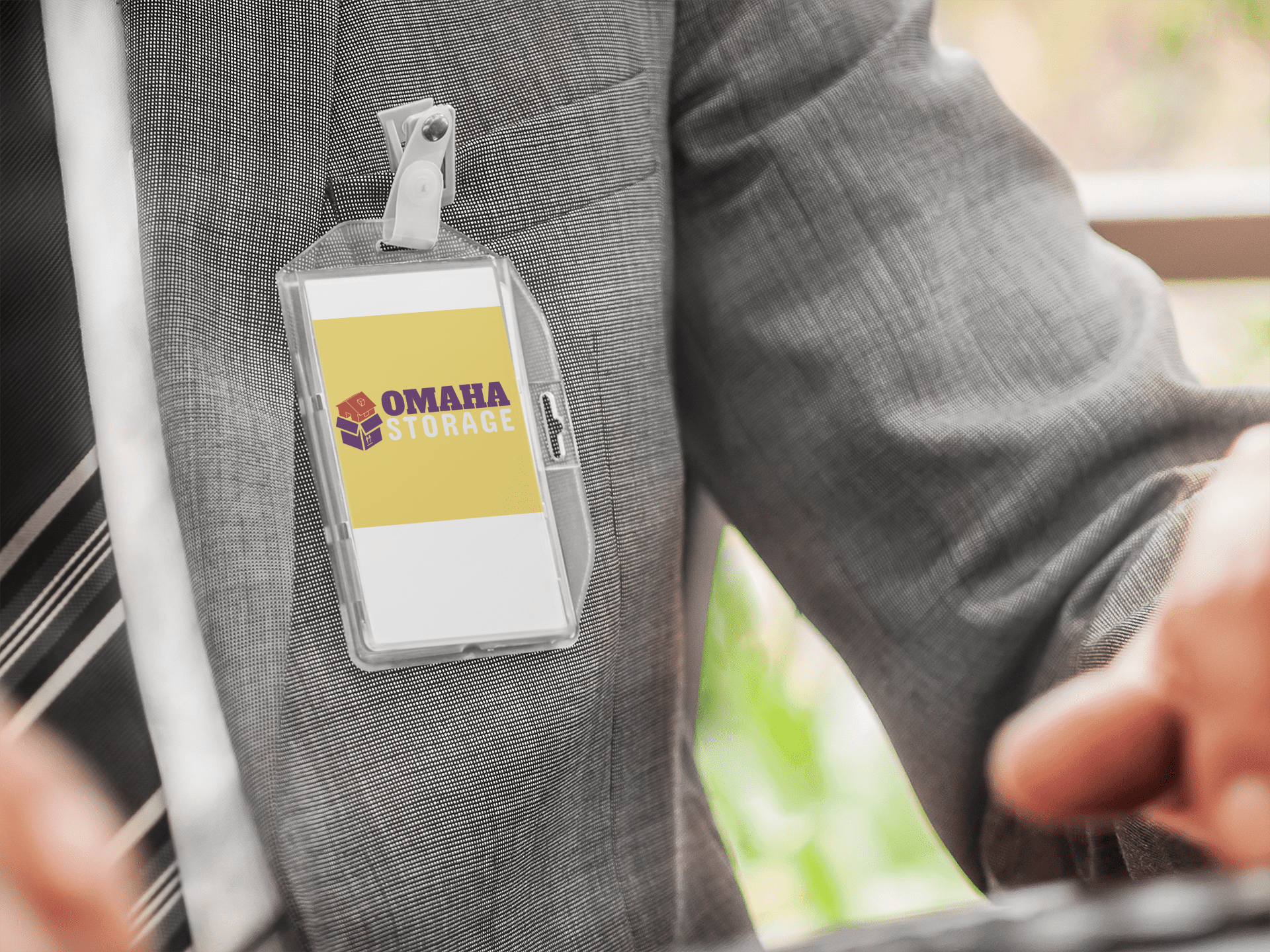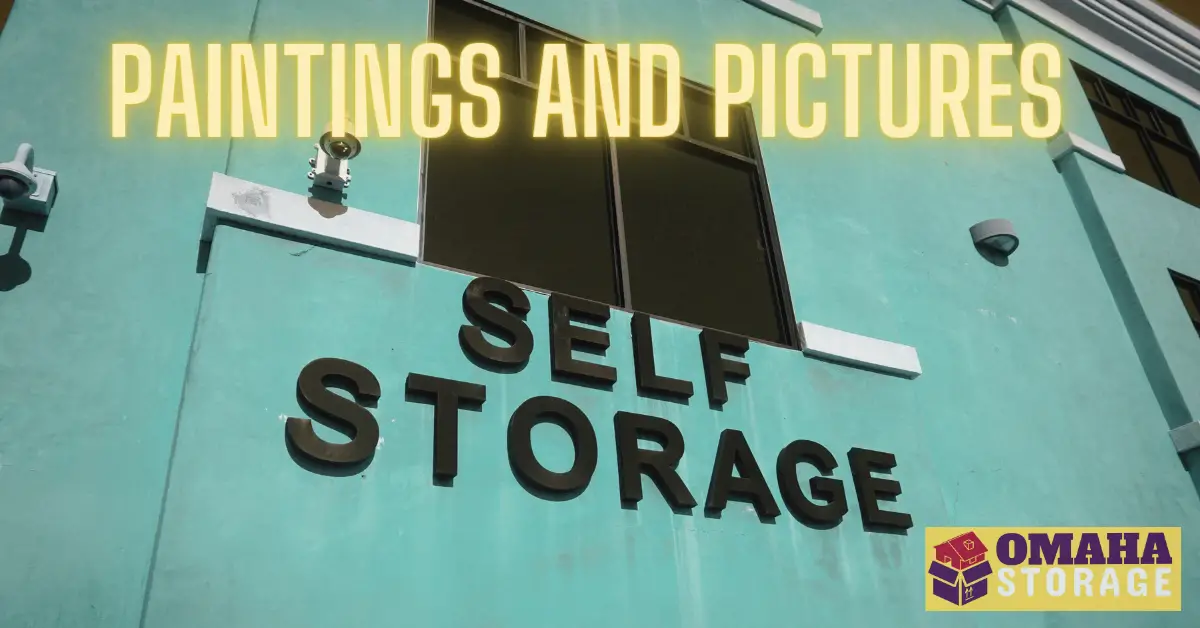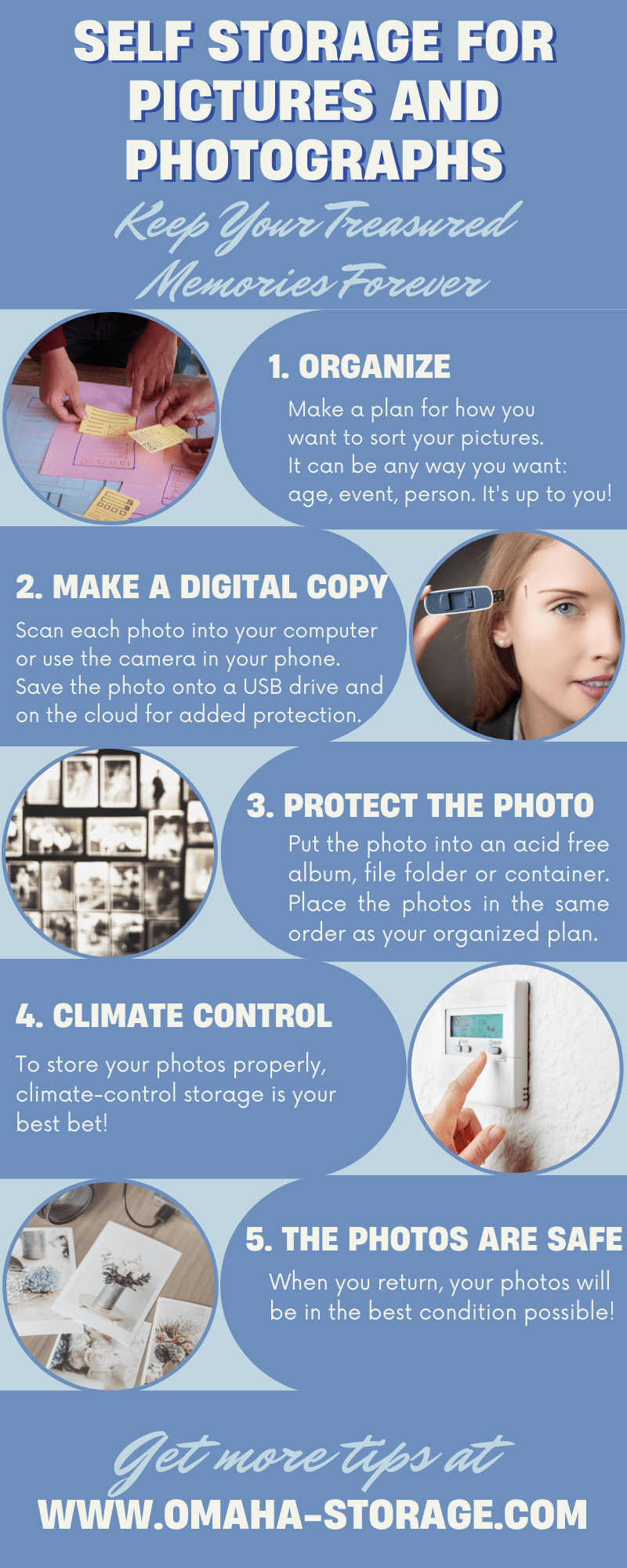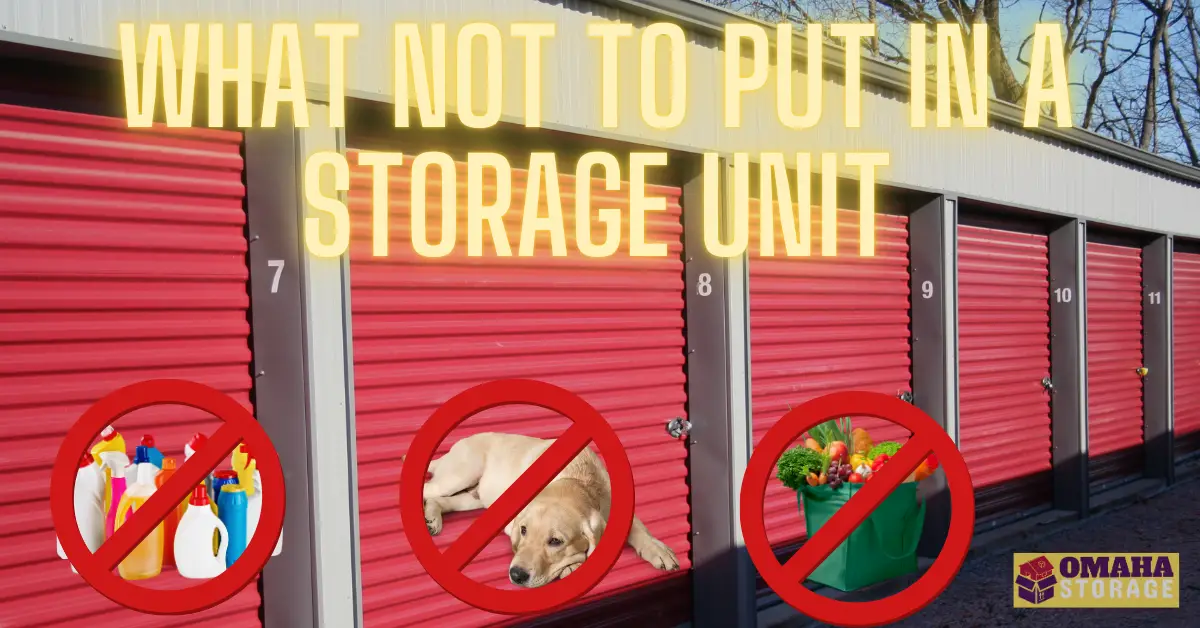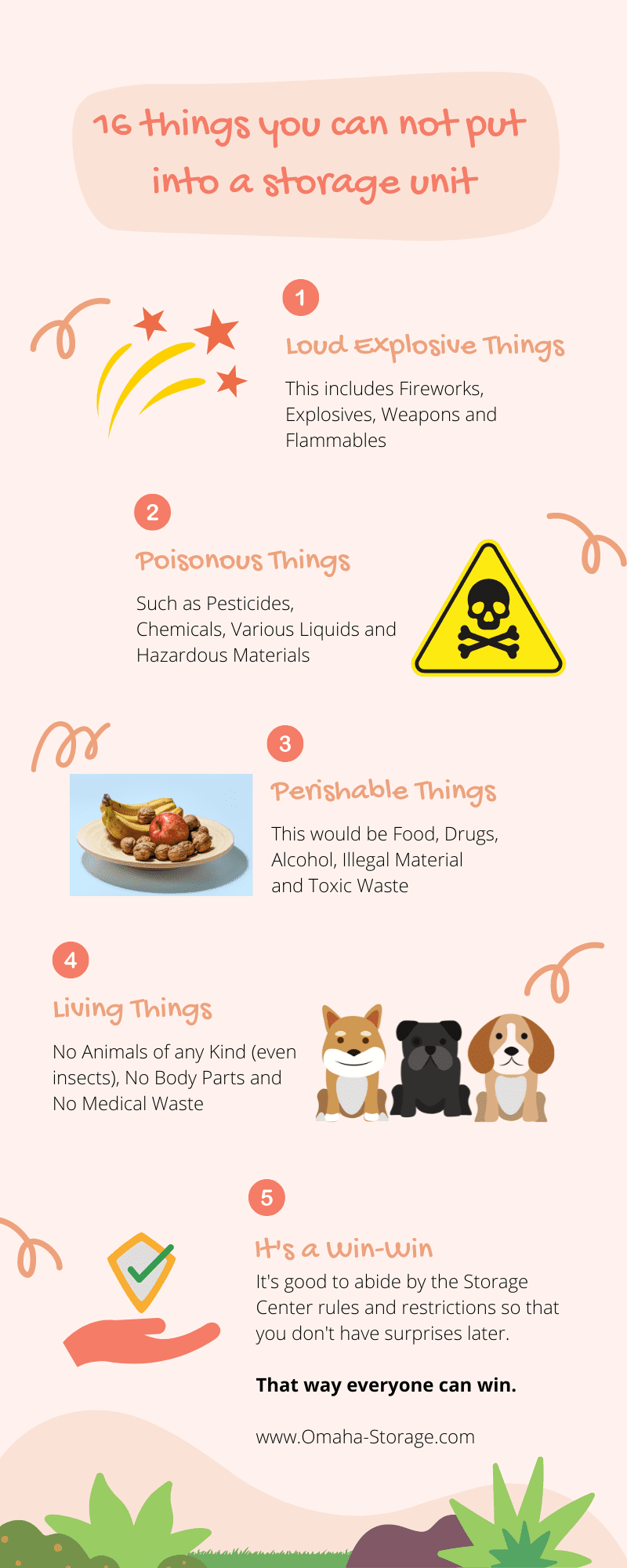You might have come here to find free packing peanuts. If so, you’re at the right place.
There’s several ways to get a hold of free packing peanuts (and low cost packing peanuts) so keep reading as we lay those out for you here.
First let’s talk about what packing peanuts are — and then let’s discover the best places to find them.
Packing peanuts (also known as packing materials, cushioning, foam peanuts, packing pellets, shipping popcorn and shipping peanuts) are used to fill the gaps inside packages so that items will not be damaged in shipment and moving.
They are shaped to fit together when they’re compressed and separate when they aren’t.
Composed of polystyrene — more familiarly known as Styrofoam — these packing materials are very durable and can take a long time to decompose when disposed of. As a result, new types of shipping materials have been developed which are biodegradable.
Polystyrene packing peanuts were first introduced in 1965 and have been widely used ever since. They’re about the size and appearance of an unshelled peanut.
Because they are durable, they can be used repeatedly. Even after repeated use, there’s little to no reduction in the ability of the peanuts to protect the product in the box.
They can also be recycled at shipping stores around the country. Shipping stores are a great place to check first when you need to get packing peanuts nearby.
Packing Peanuts are Versatile
Packing peanuts come in many shapes and sizes. Some are round; others are square, triangular, oval, rectangular, hexagonal or octagonal. Their dimensions vary too. For example, some are only one inch thick while others may reach up to three inches.
Packing peanuts are available in various densities. The density refers to how much air space there is between each piece.
A low-density packing peanut has less air space than a high-density packing peanut.
Types
There are two main types of packing peanuts:
Expanded Polystyrene (EPS) – EPS packing peanuts are the traditional and most commonly used packing peanuts. They are manufactured by heating and expanding a bead of styrene monomer until it becomes solid.
Then, the beads are fused together using heat and pressure to form a continuous sheet. The sheet is then cut into small pieces and formed into the desired shape.
EPS packing peanuts are typically sold in four different densities: Low Density (LD), Medium Density (MD), High Density (HD) and Extra High Density (XHD). LD packing peanuts weigh approximately 8 ounces per cubic foot, MD packing peanuts weigh approximately 12 ounces per cubic foot, HD packing peanuts weigh approximately 16 ounces per cubic foot and XHD packing peanuts weigh approximately 24 ounces per cubic foot.
Cellulose Acetate Butyrate (CAB) – CAB packing peanuts are made from cellulose acetate butyrate, a biodegradable plastic. They are usually white in color with a transparent window on one side.
Like EPS packing peanuts, CAB packing peanuts are available in different densities. However, unlike EPS packing peanuts, CBA packing peanuts do not contain any styrene monomers.
Instead, they are produced by mixing cellulose acetate fibers with butyric acid. The mixture is then melted and molded into sheets. These sheets are then cut into pieces and formed into the required shape. The first biodegradable packing material to look like “peanuts” goes by the tradename of Biofoam and is made from sorghum.
Manufacturing Process
The manufacturing process for packing peanuts begins with the production of a bead of styrene. Styrene is an organic compound that consists of carbon atoms bonded to hydrogen and oxygen atoms.
It’s a clear liquid at room temperature.
When heated, styrene polymerizes into a hard, brittle material called “polymer.” After being heated, the styrene is mixed with other chemicals and compressed under high pressure. This forms a sheet of polystyrene.
The sheet is then sliced into small pieces and shaped into the desired size and shape. This process causes them to expand to several times their original volume. Finally, the packing peanuts are coated with a thin layer of adhesive.
Once cooled, the packing peanuts are ready to use.
Uses
Packing peanuts are primarily used as filler inside packaging items such as boxes, crates, cartons, pallets, etc. They are often placed inside these containers to cushion the contents and prevent damage during shipment.
Packing peanuts are also used to protect products from moisture and dust. In addition, they’re sometimes used to create a decorative effect.
Where to Find Packing Peanuts Near Me
Most stores carry packing peanuts in bulk quantities. Some stores may even offer discounts if you buy large amounts of packing peanuts.
For where to buy packing peanuts nearby, many people check the popular shipping and moving stores first. This would be The UPS Store, FedEx, UHaul and USPS.
You may also find cheap packing peanuts at most major stores, including Office Depot, OfficeMax, Staples, Lowe’s, Wal-Mart and Grainger Industrial Supply.
If you don’t see packing peanuts in your local store, you might want to check out online retailers.
Many online retailers sell cheap packing peanuts in bulk and offer discounts. Amazon has a good variety of cheap packing peanuts.
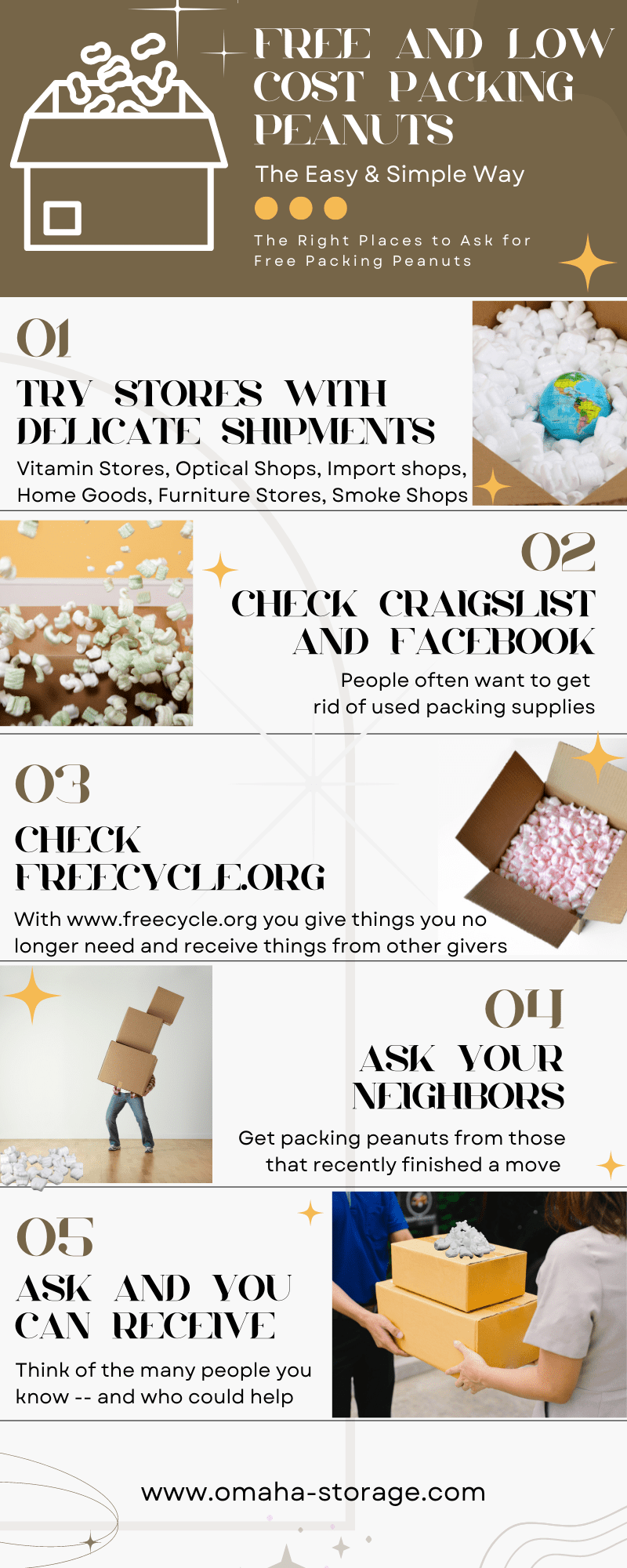 The right places to ask for free packing peanuts
The right places to ask for free packing peanuts
Where to Get Free Packing Peanuts
If you want free packing peanuts, there are many places where you might find them. Some stores will give away free packing peanuts when you purchase something else from them.
Other stores might give you free packing peanuts just so they don’t have to deal with them from their incoming container supplies.
It’s a good way to answer the question of where can I find packing peanuts near me — and to get them at low cost.
Check with Vitamin Stores, Optical Shops, Pier One, Home Goods, Furniture Stores, Smoke Shops
Our first choice for tracking down free packing peanuts, these shops receive their delicate shipments packed in cartons with packing peanuts used for cushioning.
Once the packages are opened, these stores have to figure out a way to discard the packing materials. You can help them!
Put together a list of the above types of stores… such as vitamin stores, optical shops and furniture stores near you. Then go to the closest stores in your area and visit with them.
Check with the store manager (or assistant manager). You might get lucky and pick up the supplies you need right away. You’ll probably have to check back often, so you can grab those shipping materials right after the moment their shipments are delivered.
You can call them to ask to save it for you — or check their dumpsters. You may find packing materials, bubble wrap and boxes that they’re throwing away.
Tell them that you’re looking for shipping peanuts near me. You’d be amazed at the things people throw out.
Check Craigslist.org and Facebook Marketplace
Our second choice for free packing peanuts.
People often try to get rid of packing materials for free on Craigslist and Facebook marketplace. It’s a way for people to recycle the packing materials and protect the environment.
Check Freecycle.org
Freecycle is an international website that allows people to post items for free. It’s similar to Craigslist.org but instead of posting items for sale, users post items for free and is our third choice for free packing peanuts.
It’s an interesting concept. On Freecycle.org, people give away the items they no longer need, and then get the items they do need.
The basic rule is: whatever you give away must be completely free, and you can not take anything from people without giving something back.
It’s not uncommon for someone to have extra packing peanuts lying around. It’s a great opportunity.
Ask Your Neighbors
Our fourth choice for free packing peanuts: your neighbors may have extra packing peanuts. Especially anyone that has recently moved. Ask them if you can use them.
Free Packing Peanuts From Shipping Companies
This one can be hit or miss and that’s why it’s our fifth choice. Some companies offer free (or cheap) packing peanuts as part of a promotion.
For example, UPS may run an in store promo offering free shipping peanuts with your next package delivery. You just have to catch it at the right time. FedEx might give out free packing peanuts with each package it delivers.
Even if you track down packing materials for free, you still need to know that it will take some of your own valuable time to do this.
It might be worth it to spend your time to get packing materials free. It can sometimes be difficult to determine the value of your time, especially when you’re days away from a move.
One way to look at it is this… is it worth trimming down your moving costs if you’re on a tight budget and you’ve already spent a lot on the move? For many people, the answer is Yes.
Let’s say you want to move into a 2-bedroom home. You could spend anywhere between $150-$300 for new packing supplies.
If you save a good chunk of that just by doing some simple asking around, it could well be worth your time.
Getting Packing Peanuts in Bulk
If you have a need for a large amount of packing peanuts, there’s a handful of options available. You can find packing peanuts in bulk at a variety of locations.
Here’s some things you can do:
- Office supply stores: Check office supply stores for packing peanuts in bulk. You might even get a discount if you purchase a large quantity.
- Shipping and packaging supply stores: Stores that specialize in shipping and packaging supplies are likely to have packing peanuts available in bulk.
- Online retailers: There are a variety of online retailers that sell packing peanuts in bulk. As you’d expect, Amazon would be among the most popular of choices. You can also try Uline and Staples websites.
- Recycling centers: Some recycling centers collect packing peanuts to reuse considering the environmental impact otherwise. The recycling center may offer bulk packing peanuts to individuals for free or at a low cost. This is our sixth choice for tracking down free packing peanuts.
- Local businesses: Some local businesses, such as electronics stores and vitamin stores, may have excess packing peanuts that they’re willing to give away or sell in bulk.
When getting packing peanuts in bulk, be sure to compare prices and consider the environmental impact. Some companies offer eco-friendly packing peanuts made of biodegradable material.
With this in mind, you might even want to make your own packing materials.
How to Make Your Own Packing Materials
You don’t need any special equipment to make your own packing materials. All you need is a pair of scissors and a few sheets of newspaper.
First, cut up a piece of newspaper into strips. Next, fold the paper in half lengthwise. Cut along one side of the folded paper to form two triangles. Fold the triangle in half so that it resembles a rectangle.
Now, unfold the paper and open it back up again.
Repeat this step until you’ve created a stack of rectangles. Place the stack of rectangles inside another piece of newspaper. Roll the entire thing tightly to create a ball.
Continue rolling the balls until you reach the desired size.
How to Test for Biodegradable Packing Materials
If you’re not sure whether something can be recycled, just take a quick look at it. If that is not effective, there is a foolproof method for determining if a material is eco-friendly.
To test whether plastic packaging materials are biodegradable, put them under running warm water. Organic compounds break down into biodegradable substances when they come into contact with moisture.
It only takes a few minutes to see the material completely dissolve.
12 Ways to Reuse Packing Peanuts
Recycling is important because it helps keep our environment clean. There are many ways to recycle packing peanuts. Here are 12 great ideas:
1. Use packing peanuts to line trash cans.
2. Use packing peanuts to cover furniture legs so that people and kids don’t bump into them.
3. Use packing peanuts to protect books from dust during storage.
4. Use packing peanuts to cushion items during storage.
5. Use packing peanuts to fill gaps between shelves.
6. Use packing peanuts to prevent books from falling off bookcases. They provide shock-absorbing protection for your belongings, keeping them safe from falls and impacts.
7. Use packing peanuts to hold together boxes. Fill empty spaces in the boxes to prevent shifting.
8. Use packing peanuts to secure loose papers.
9. Use packing peanuts to separate layers of newspapers.
10. Use packing peanuts to wrap gifts. Fill a box with the packing peanuts around the gift to prevent vibrations to the gift.
11. Use packing peanuts to stuff pillows.
12. Use packing peanuts to pack small items like jewelry or coins.
12. Use packing peanuts inside gift bags to protect gifts.
Recycling
Because newer packing peanuts are made from recycled materials, they can be considered environmentally friendly. Recycled packing peanuts are generally accepted by recycling programs because they have similar properties to virgin packing peanuts.
PRO TIP
For used packing peanuts, it’s important not to just throw them away with the regular garbage. There might be restrictions in your community and throwing away packing peanuts could result in a fine. Instead try to use them in outgoing packages you might have. This comes in handy around the holdays.
Packing Materials Facts
Packing peanuts come in different sizes and shapes. They’re usually sold by weight rather than by number.
Packing peanuts are made from recycled materials. In fact, they contain less plastic than regular trash bags.
You can put packing peanuts in a cooler with cold cans instead of using ice. The packing peanuts will insulate the cooler and keep the cans cold.
Packing peanuts aren’t just for packaging products. They also help keep furniture dry during transit.
Packing peanuts can be used at the bottom of a planter to help draining for potted plants.
You can refill flat bean bag chairs with packing peanuts to give the chair a new lift.
If you’re looking for an easy way to recycle packing materials, consider re-using packing peanuts instead of throwing them away.
Frequently Asked Questions
How Old are Packing Peanuts?
Packing peanuts (also known as foam peanuts, styrofoam peanuts) were invented in 1965 by Dow Chemical Company. That would mean that packing peanuts are 58 years old in 2023.
Do Packing Peanuts Help?
Packing peanuts can protect fragile items during shipping or transportation and are very helpful that way. When used correctly, they provide cushioning and prevent items from shifting (or breaking) during transit.
Packing peanuts are often made from expanded polystyrene (EPS), which is lightweight and durable and can absorb shock and vibration.
They’re designed to be placed in the empty spaces around items to fill gaps and prevent movement inside a box.
Can You Eat Biodegradable Packing Peanuts?
No. Even though they are called “edible” and nontoxic packing peanuts, they are not produced in a food processing facility.
Are these packing peanuts edible… if people or pets do eat some, it should be safe.
There’s no nutritional value and you just don’t want that to become a habit. The best thing to do with packing peanuts is to throw them out.
However, some people use biodegradable ones as mulch around plants.
Why Do They Call Them Packing Peanuts?
They call them packing peanuts because of the similarity of the shape to a peanut. They interlock nicely and a’re designed to fit inside boxes and other containers.
Are Packing Peanuts Still Used?
Yes. Packaging companies still use packing peanuts today. They’re often used to package small items such as jewelry, toys, and electronics.
What Are the Best Types of Packing Peanuts?
There’s no single type of packing peanut. There are many types available. For example, there are round packing peanuts, square packing peanuts, and even triangular packing peanuts.
Some packing peanuts are made from natural fibers such as jute and cotton. Others are made from synthetic fibers like polypropylene.
Are Packing Peanuts Good for Fragile Items?
Packing peanuts can be good for protecting fragile items during shipping when used correctly. When packed around a fragile item, the packing peanuts provide cushioning and prevent the item from shifting (or getting damaged) during transit.
It’s important to use the right amount of packing peanuts and to ensure that the protected item is fully covered and surrounded by the peanuts.
If there are gaps between the peanuts and the item, it can still move around and therefore get damaged during shipment.
There are other packaging materials available that may be just as effective at protecting fragile items — such as bubble wrap and air pillows.
Choosing the right packaging material is important — whether it be packing peanuts, bubble wrap or air pillows — and this can be dependent on the item’s fragility, weight and shape.
How Do I Make My Own Free Packing Peanuts?
You don’t need any special tools to make your own packing peanut. All you need is scissors and a couple of pieces of newspaper.
First, tear up a sheet of newspaper into strips.
Then, fold the paper in thirds lengthwise.
Open the paper up again.
Repeat this process until you’ve created a pile of rectangles. Finally, roll the rectangles together to create a ball .
How Much Does It Cost To Use Packing Peanuts? How Long Will They Last?
You’ll pay about $1 per pound for packing peanuts. That means you could buy enough packing peanuts to wrap all of your items for about $10. Once you open the package, however, you won’t need to buy more. Packaging peanuts last for years.
What Locales Are Styrofoam Packing Materials Banned?
The traditional packing materials were made of styrofoam. Styrofoam is considered to be a major contributor to environmental litter and could harm wildlife.
Styrofoam is banned in some towns and counties and in these five states: Maine, Maryland, New Jersey, New York and Vermont.
Are Packing Materials Bad for the Environment?
It depends on what kind of packing material you choose. Polystyrene foam can take hundreds of years to decompose. Paperboard takes only months.
But if you have to dispose of packing peanuts, you might want to think twice before tossing them in the trash. Recycling packing peanuts is one option. Another option is to compost them.
Will UPS Accept Packing Peanuts to Recycle?
Packing peanuts aren’t accepted by most recycling programs. You may be able to recycle them at home through your local curbside collection program. Check with your local government to see if they accept packing peanuts.
How Can I Get Rid of Packaging Materials?
If you don’t want to throw away these items, you can take them to a recycling facility where they’ll be recycled into new products. You can find collection bins at several local stores such as Lowe’s, Target, Kohl’s and Walmart.
What Packaging is the Most Friendly for the Environment?
Packaging made from corrugated cardboard and other types of recycled materials are regarded as being among the most eco-friendly and sustainable.
Are Packing Peanuts edible?
No. Packing peanuts consist of small pieces of polystyrene foam. Polystyrene is not intended for consumption and are not considered safe to eat.
Eating packing peanuts is usually harmful to health and might even cause choking. The main thing is to keep packing peanuts away from children and pets.
Recycling packing peanuts is a good way to dispose of them.
Are Packing Peanuts recyclable?
Packing peanuts are made of polystyrene plastic. It’s not easy to recycle it, and most recycling facilities can not accept it. However, some of the companies that manufacture packing peanuts provide a recycling program for their product.
These programs may involve collecting the packing peanuts and either melting them down and using the material to create new products — or grinding them up and using them for filler in other things.
If you have packing peanuts that you want to recycle, you can try contacting the manufacturer or a local packaging supply store to see if they have a recycling program in place.
If you are unable to recycle your packing peanuts, you can reuse them in your other packages that you ship. It’s important to properly dispose of packing peanuts to avoid littering — and to protect the environment.
How Can I tell if Packing Peanuts are Biodegradable?
For how to tell if packing peanuts are biodegradable, there are a few ways to check. These four tips should help to know:
- Look for a label: Some manufacturers will label their packing peanuts as biodegradable or compostable. Check the packaging or contact the manufacturer to see if they provide information on the material’s biodegradability.
- Check the material: Traditional packing peanuts are made from expanded polystyrene (EPS) foam, which is not biodegradable. Which of course means that it takes much longer to break down.Biodegradable packing peanuts are typically made from materials such as cornstarch or other plant-based materials. Look for packing peanuts that are labeled as being made from biodegradable materials.
- Perform a water test: Put a packing peanut in a cup of water and stir it around. Biodegradable packing peanuts will begin to dissolve in water and may completely dissolve within a few minutes to a few hours — depending on what it’s made of. If the packing peanut does not dissolve or stays intact for a while, then it’s likely not biodegradable.
- Look for certifications: Some biodegradable packing peanuts may be certified by organizations such as the Biodegradable Products Institute (BPI) or the Composting Council to meet specific standards for biodegradability and compostability. Look for these certifications to know that the packing material is truly biodegradable.
Even if packing peanuts are biodegradable, it’s important to get rid of them properly either by composting or recycling them as a way to minimize environmental impact.
Where can I buy packing peanuts?
When looking for packing peanuts nearby, many people check the popular shipping and moving stores first. This includes The UPS Store, FedEx, UHaul and USPS. It’s a good way to find the shipping peanuts near me.
You may also find cheap packing peanuts at most major stores, including Office Depot, OfficeMax, Staples, Lowe’s, Wal-Mart and Grainger Industrial Supply.
If you don’t see places nearby where to get packing peanuts, you might want to check out online retailers. Amazon has a good variety of cheap packing peanuts.
Where is the cheapest place to buy packing peanuts?
Amazon has a good variety of cheap packing peanuts. Lowe’s and Wal-Mart are also low cost places to go.
Where can I get packing peanuts for free?
In talking about where to get free packing peanuts near me, a good idea is to check Freecycle and Craigslist.org. Ask neighbors. Check the six sources above.
Can You Eat Packing Peanuts?
When it comes to the question about are packing peanuts edible, we don’t recommend it — even with the biodegradable ones.
Eating packing peanuts can be harmful to your health — and may even cause choking or other injuries. It’s important to keep packing peanuts away from little children and pets, and to get rid of them in the right way.
Where Can I Find Cheap Packing Peanuts?
Check Freecycle and Craigslist.org first for cheap packing peanuts near me. You might even find free packing peanuts. Ask neighbors. Check the information above for the different stores that carry the cheapest packing peanuts.
Where Can I Find Packing Peanuts Near Me?
It’s very often that we get the question about finding “packing peanuts near me.” You can check the websites Freecycle and Craigslist.org for packing peanuts near me.
Often CraigsList will show people located near you. Then you can also ask neighbors. Check the information above for helpful tips.
You could make your own packing to fill gaps by using newspaper cut into strips. Or you could take a few styrofoam cups and break each into smaller pieces to use as a cushioning in your packing.
How much do packing peanuts weigh?
For the weight of packing peanuts, it can vary depending on the size and amount of peanuts in the package.
Generally, a standard 14-cubic-foot bag of packing peanuts weighs around one to two pounds.
The weight can vary based on the type of packing peanuts and how densely they’re packed. And some eco-friendly packing peanuts made from biodegradable materials may be lighter in weight than traditional polystyrene packing peanuts.
If you need to ship or transport something using packing peanuts, it’s a good idea to weigh the package first to ensure it is within the weight restrictions of the shipping method you’re using.
How much do packing peanuts cost?
The cost of packing peanuts varies depending on the type of material used, the quantity purchased and the supplier.
Generally the traditional polystyrene packing peanuts can cost around $15 to $25 for a 14-cubic-foot bag, while biodegradable packing peanuts made from cornstarch or other plant-based materials can cost anywhere from $20 to $50 for a similar-sized bag.
The cost per cubic foot of packing peanuts may also vary depending on the amount purchased. For example, a smaller 3-cubic-foot bag of traditional polystyrene packing peanuts may cost around $5 to $10, while a larger 50-cubic-foot bag may cost closer to $50 to $75.
Some suppliers may offer discounts for bulk orders or for customers who purchase packing peanuts along with other shipping or packaging supplies.
It’s a good idea to compare prices from multiple suppliers to find the best deal.
How do you get static out of packing peanuts?
When packing peanuts rub against each other, they can create static electricity from the friction. Kind of like when you rub your feet back and forth on carpet.
Normally, this wouldn’t be a big deal, but what if you’re shipping an electronic circuit board or something sensitive to static shock.
If you’re packing or shipping something that could be sensitive to static shock, you could use newspaper to protect the package instead of packing peanuts.
Some people also insist that blowing a hair dryer at a bag of packing peanuts can help minimize the static. We don’t know if that works.
Does UPS Sell Packing Peanuts?
The answer is: it depends. UPS stores typically offer shipping supplies, often at no cost to the person making the shipment. Depending on the location, they may sell packing peanuts.
Keep in mind that prices may vary depending on the location of the UPS Store.
What are packing peanuts made of?
Packing peanuts are made of expanded polystyrene (EPS) foam, which is a type of plastic. This foam is made by heating and expanding polystyrene beads, which are then molded into various shapes, including the familiar peanut shape that we all know.
Expanded polystyrene foam is lightweight, inexpensive, and provides excellent cushioning and shock absorption for fragile items being shipped. However, it’s not biodegradable and can take hundreds of years to break down in landfills, which is why there are environmental concerns.
Some companies have started to use biodegradable starch-based packing peanuts (or paper-based cushioning material), to reduce environmental impact. These eco friendly packing peanuts break down very quickly and are safe for the environment.
To really know what are biodegradable packing peanuts made from, it’s just simple starch or paper.
When people ask are packing peanuts edible, the biodegradable ones made from starch might be considered edible — but we don’t recommend eating them.
Can I make my own bean bag chair from packing peanuts?


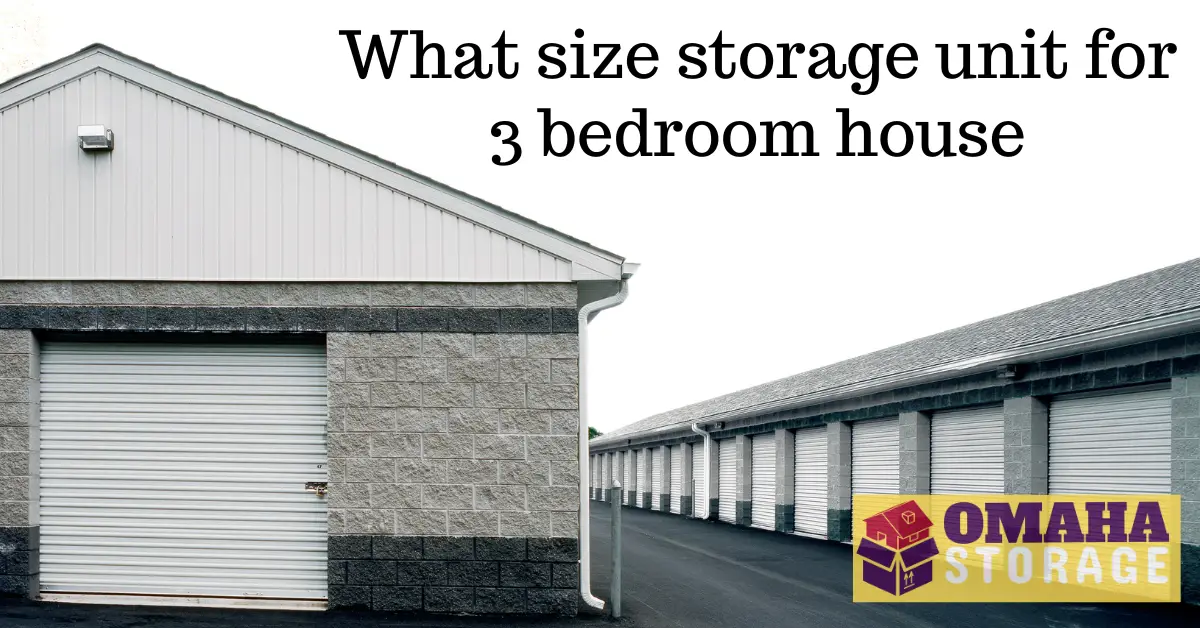


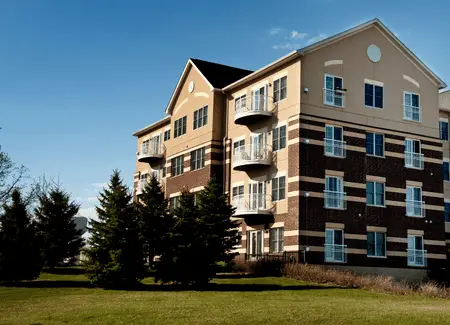

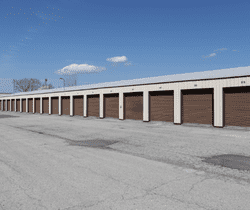

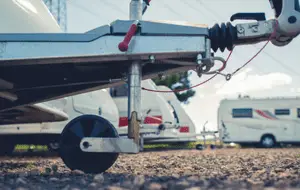


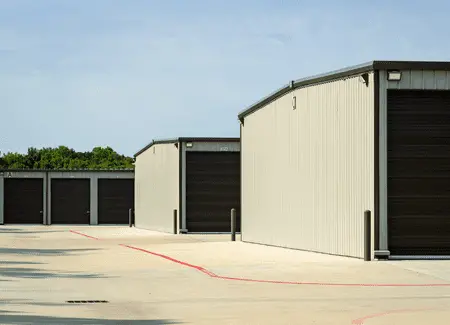
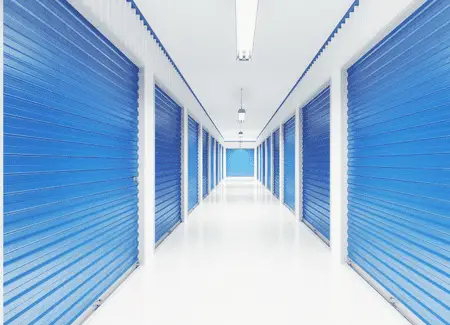

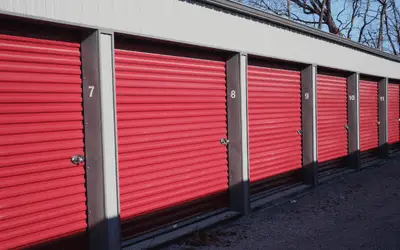
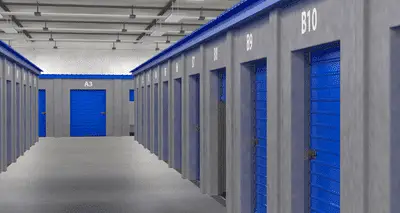
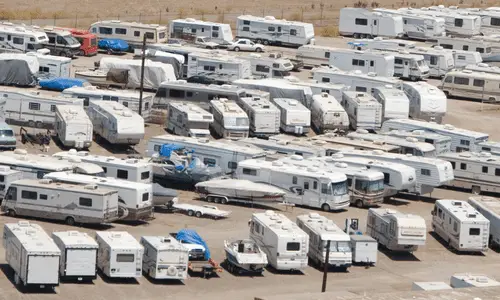


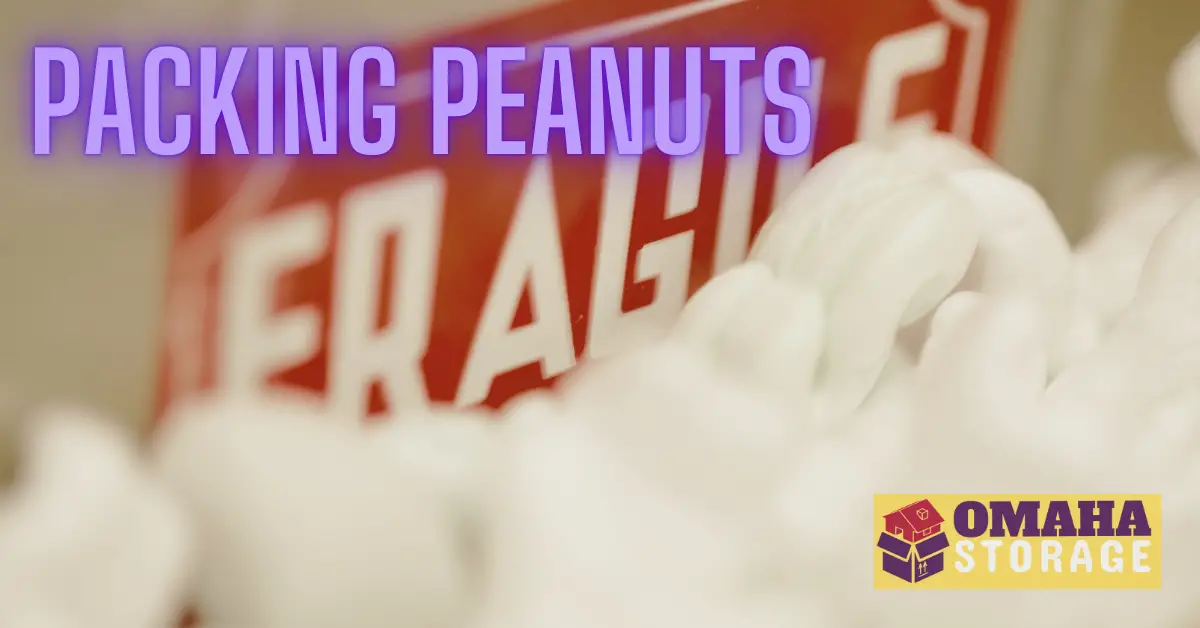
 The right places to ask for free packing peanuts
The right places to ask for free packing peanuts